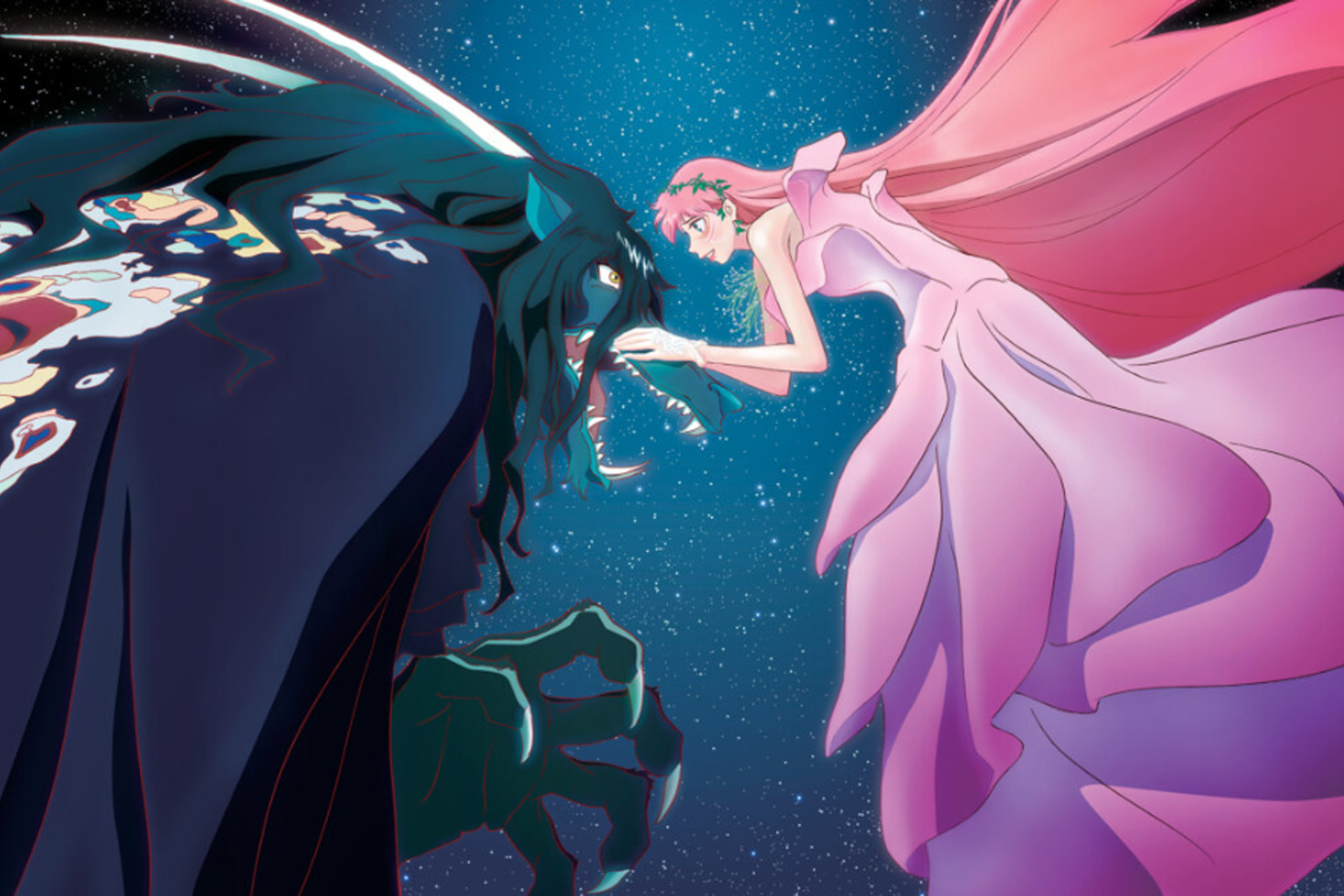For the most complex heroines in animation, look to Japan
Sign up now: Get ST's newsletters delivered to your inbox

Film-maker Mamoru Hosoda’s Belle features an introverted teen whose alter ego is the reigning pop diva of a cyberworld.
PHOTO: GOLDEN VILLAGE
Follow topic:
NEW YORK (NYTIMES) - At a time of widespread debate over the depiction of women in film, top Japanese animators have long been creating female heroes who are more layered and complex than many of their American counterparts. They have faults and weaknesses and tempers as well as strengths and talents. They're not properties or franchises; they're characters the filmmakers believe in.
Like many teenagers, Suzu in Mamoru Hosoda's Belle has a life online that overshadows her daily existence: her alter ego, the title character, is the reigning pop diva of the cyberworld of U.
In real life, Suzu is an introverted high school student in a flyspeck town. But she still wins sophisticated listeners, as her music reflects the love and pain she has experienced, especially since the death of her mother, who drowned saving a child from a flooded river.
Suzu misses her, but she's also angry at her for sacrificing herself for "a kid whose name she didn't even know". Suzu went so far as to abandon her impressive musical gifts because her mother encouraged them.
American heroes may express a longing for a vanished parent, but not the deep, complicated emotions of this reworking of Beauty And The Beast. The protagonist of the Disney version misses her father when she agrees to become Beast's prisoner, but she never mentions her mother. Nor does Jasmine in Aladdin.
In a video call, Hosoda said he believed a major shift occurred in animation when the Disney artists made Belle a more independent, intelligent and contemporary young woman than her predecessors.
"When you think of animation and female leads, you always go to the fairy tale tropes," Hosoda said through an interpreter. "But they really broke that template: It felt very new. Similarly, what we tried to do in Belle is not build a character, but build a person: someone who reflects the society in which we live."
Because Japanese animated features are made by smaller crews and on smaller budgets than those of major American films, directors can present more personal visions. American studios employ story crews; Hosoda, Hayao Miyazaki, Makoto Shinkai and other auteurs storyboard entire films themselves. Their work isn't subjected to a gauntlet of test audiences, executive approvals or advisory committees.
Shinkai broke box office records in Japan in 2016 with Your Name. It begins as a body-swapping teen rom-com but develops into a meditation on the trauma many Japanese still suffer after the 2011 earthquake and tsunami.
At the heart of the animated film is Mitsuha, a high-school girl living in the countryside. She is not a princess on a quest to preserve her realm like Moana or Poppy in Trolls 2.
She's a frightened girl trying to save her family and friends from a deadly threat. She defies her pompous politician father, and uses her intelligence and resolve to overcome her fear and save hundreds of lives. But any capable high school girl could do what Mitsuha does: She doesn't need superpowers to save the day.
Although almost all Japanese animation directors are male, more women have been moving into important roles in recent years as producers, writers, musicians and more. Their contributions are affecting the way girls and women are depicted on screen.
O-Ei, in Keiichi Hara's Miss Hokusai, is based on a real person, the daughter of great printmaker Katsushika Hokusai. Although only a few works can be attributed to her with certainty, O-Ei was an artist in her own right and many historians believe she assisted her father when his abilities faltered in old age.
Rapunzel in Tangled covered the walls of her tower room with paintings, but she shows little interest in art once she escapes. In contrast, O-Ei strides assuredly through 19th-century Edo, confident in her talent and her place in its vibrant artistic culture. She focuses on her drawing and can't be bothered with the traditional female duties of housekeeping.
O-Ei reflects the experiences of women in modern Japan who are escaping the sexism of its traditional culture, including the female artists who worked on the film.
Hara said via e-mail: "I have no direct experience of O-Ei's state of mind, I can only guess. But co-producer Keiko Matsushita, actress Anne Watanabe (who provides O-Ei's voice) and singer-songwriter Ringo Sheena, who are very strong-minded, creative women pursuing their goals with great determination, may have related to O-Ei at a more personal level."

